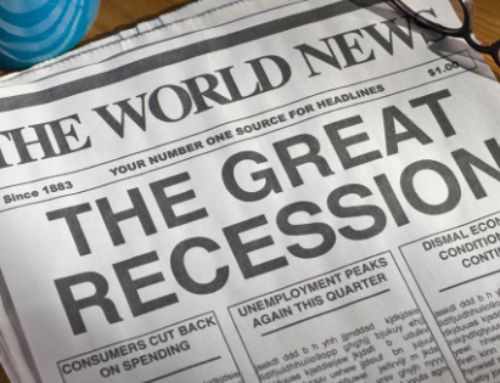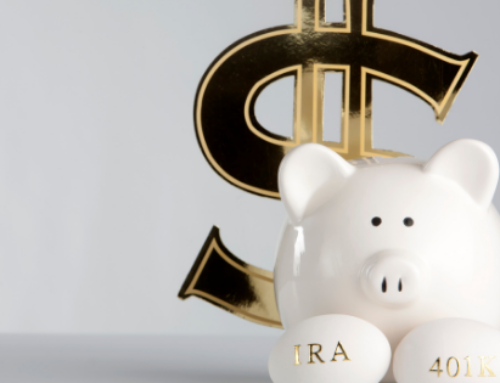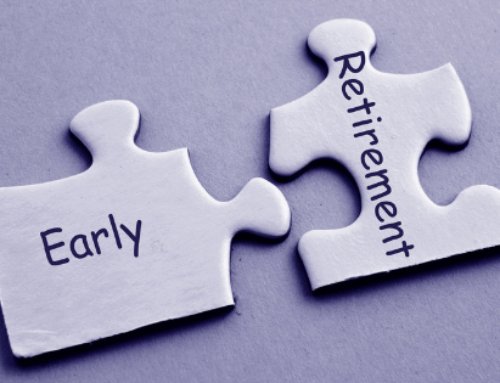
David Letterman’s “Top 10 List” was a regular staple of his late-night shows from 1985 until 2015. On any given weekday night, millions of viewers tuned in to enjoy bits like the “Top 10 Things Never Before Said on The Sopranos,” or the “Top 10 Words That Almost Rhyme with Peas.”
It seems like lists are embedded in our personality, right? Lists somehow make sense to us. (You should see my wife’s grocery list — it’s a doozy with each item featured with the corresponding shopping aisle.)
So, we’ve come up with this list of 10 tips we wish you knew about planning for retirement.
10. Actively participate in the planning process.
We would encourage retirees to be more active in the process of retirement. Most retirees think about relaxing, but we’ve found that the happiest and most successful retirees think long and hard about what is going to make them happy in retirement – they are not passive bystanders but active participants in their retirement.
9. Examine your future self.
If you could time travel to 2040 in Doc Brown’s DeLorean, what would your future self-look like? What kinds of financial needs will you have in 2040? How will you spend your time, and where do you think you will live? With these impressions in mind, how do they impact your current thinking on how you prepare — and save — for retirement now? We suggest that this future-self exercise, which is undergirded by research from UCLA’s Anderson School of Management, is highly productive.
8. Mind the investment gap.
The investment gap is a common experience among retirement savers who get short-changed by market returns over time, primarily due to behavioral patterns like trying to time the market and following the crowd (or herding). According to a recent Darbar study, the average U.S. investor’s returns over 30 years (from 1986 to 2015) have trailed the core U.S. market’s performance (S&P 500) by a whopping 6.69%. What this means for an investor who initially invested $30,000 back in 1986 (when a DeLorean cost about the same amount) is that he or she missed out on $487,628 in retirement earnings during that time frame.

7. Check your emotions.
Behavioral finance researchers have found that the psychological response to a loss is twice as impactful as the thrill of any gain one may receive. Loss aversion is a common behavioral bias, among others, that inhibits good decision-making among investors. As such, most of the decisions retirement investors have to make will be emotional.
6. Know your number.
According to the Employee Benefit Research Institute’s 2020 Retirement Confidence Survey, less than half of American workers have calculated how much they will need in retirement. You may need to replace between 60 to 80 percent of your current pay to meet your spending needs in retirement.
5. Know what — and who — will fund your financial targets.
Target-date retirement funds (TDFs) are popular investment options within workplace retirement plans these days; an estimated 7 in 10 employees use a TDF of some kind as their primary investment within their 401(k) and 403(b) accounts. If you are using one at this time, are you relying solely on the TDF to do the heavy lifting for your retirement goals? Is your current savings rate adequate enough to keep you on track for retirement?
4. Start planning early, if possible.
No one has ever told us they wish they had less money when they retire.
3. Set incremental goals.
An easy way to start planning for retirement — sooner rather than later — is to set an incremental goal, like saving 6X your income by age 50, 8x by age 60, and 10x by age 67.
2. Think twice about Social Security.
According to the Social Security Administration, nearly half of Americans aged 65 and over rely on Social Security benefits to support 50 percent of their family’s income needs. How will your Social Security benefit factor into your own plans for retirement? And how would the timing of your Social Security benefit affect your long-term financial needs — and perhaps those of a spouse should he or she survive you?
1. Think creatively about retirement income.
Interest rates will likely remain very low for the next 2–3 years. If you are near — or — in retirement, this could present challenges for your income needs. If you are counting on high-quality, low-yielding bonds to produce income for your spending needs, then it may make sense to think creatively about the role of bonds on your portfolio.
If you would like to learn how some of these tips may fit into your own plans for retirement, connect with us by giving us a call at our Charlotte office at (704) 248-8549, or our Clemmons office at (336) 391-3409. Or, click here to request a no-cost, no-obligation meeting.
SOURCES:






